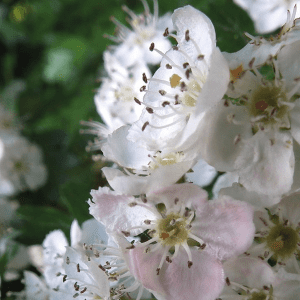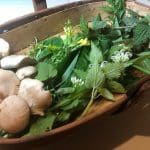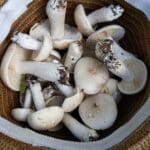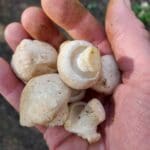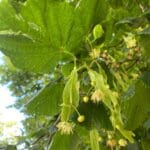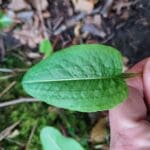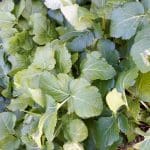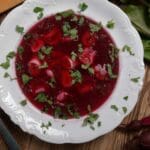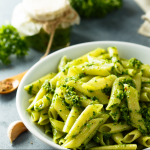Foraging in April, it’s one of my favourite months to forage, the warming temperatures make everything burst to life. It’s the month for fresh spring greens and herbs but there are also a few gourmet mushrooms too.
So what can you forage in April? Here are our top five picks for the month.
St. George’s Mushroom
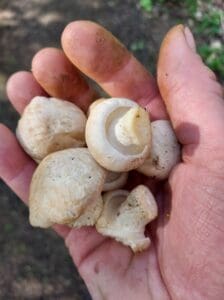
One of my favourite mushrooms and they come at a great time when my dried mushrooms collected in Autumn are starting to get low. It gets its common name as it typically appears 2 weeks either side of St. George’s day which is the 23rd of the month.
They typically appear in grasslands and woodland edges, growing in fairy rings. They have a strong mealy aroma which is a key feature that distinguishes them from any lookalikes.
Click here for the ID guide for the St. George’s Mushroom.
Lime
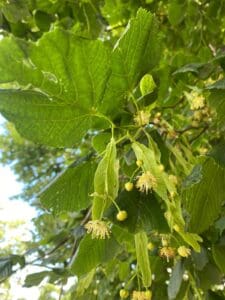
Depending on where you are in the country, there are a few different uses for Lime this month, up in the North where it is a bit colder the leaves are perfect right now. They have a lovely citrus taste and are an amazing addition to a salad.
Further south the leaves may be past their best and you may find the tree in flower. The flowers have a lovely honey-like aroma and are most often used to make Linden tea.
Click here for the ID guide for Lime.
Alexanders
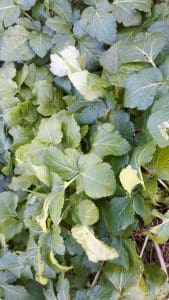
The first flower buds are normally available from late March through April. My favourite way to use them is to tempura them and serve them with a spicy relish. Alexanders are fairly common in coastal areas but they were cultivated in the past so they appear inland too.
Click here for the ID guide for Alexanders.
Bistort
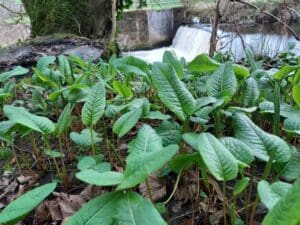
An underused plant in modern times, it prefers damp, shady environments and is fairly distinctive. All parts of the plant are edible but April is the best time to gather the young, tender leaves.
Click here for the ID guide for Bistort.
Bramble shoots
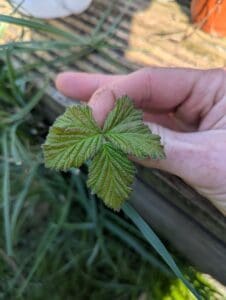
Brambles or blackberries are a bit of a gateway drug to foraging. They are one of the few plants people still commonly gather from the wild and most of us spent our childhoods gathering them but did you know the young tender stems can be used as an asparagus alternative? You need to catch them while they are still young and before the thorns have developed.
Click here for the ID guide for Blackberry.
Recipe of the month – Ledge Pudding
Easter is quite early this year falling on the 9th of the month, perfect timing to catch the tender leaves of bistort. This is a very traditional recipe that was commonly eaten in the North of England during Lent and at Easter time.
The main ingredients are Bistort (Bistorta officinalis) and Nettle (Urtica dioica) leaves which are both very common, easy to ID and abundant at the time of year.
There are many local variations of this dish and it would have typically been served with roasted lamb. Think black pudding rather than spotted dick!
Easter-Ledge Pudding (1800s) From Mrs Scott of Wigton (Great-Great-Grandmother’s Recipe)
‘A Taste of The Lake District’, by Theodora Fitzgibbon’, Published 1980
Ingredients:
1lb young bistorts and young nettle tops; 1 large onion; 4oz barley; 1 egg; a large knob of butter; 1/2 tsp salt, pepper.
Method:
Chop the greens and onion finely and sprinkle the washed barley among them, adding the salt. Boil in a muslin bag for about 2 hours. Before serving, beat the mixture in a dish with 1 egg, a large knob of butter, salt and pepper (some people mix in a cup of oatmeal at this stage), then make into a cake and fry in fat.
If you find that recipe hard to follow or you want to be more precise with quantities here’s my take:
Ingredients
- 900 grams of young Bistort leaves
- 300 grams of young Nettle leaves.
- 100 grams of dandelion leaves
- 1 onion (finely chopped)
- 120g of Pearl Barley (covered and soaked overnight in water)
- 120g of oatmeal
- 60g butter (softened)
- 4 eggs (beaten)
- 1 tsp Sea Salt
- 1 tsp Ground Black Pepper
- Butter or Bacon Fat – For Frying
Method
First wash all the green leaves, then chop them finely and add them to a mixing bowl. Mix in the onion and the soaked pearl barley (drained) and season.
Slightly wet a large muslin cloth and dust with flour (this will form a waterproof barrier when the pudding hits the hot water)
Add the mixture to the centre of the muslin cloth. Gather up the cloth, forming the pudding into the shape of a ball, twist the excess cloth gathered in at the top, and tie the opening with string.
Place this, fully immersed, in a saucepan of boiling water, put the lid on, turn the heat down and simmer for 2 hours.
After two hours, in a separate bowl beat together the softened butter and the eggs, then mix in the boiled ingredients from the muslin bag and add in the oatmeal. Check for seasoning and add more if necessary. Using a large spoon, form into patties or cakes and fry in the butter or bacon fat for a few minutes on each side until golden brown.
Best served fresh from the pan.
Click here for more spring recipes.
What to forage in March.
We’re Foraging in March, the weather is slowly warming up and flowers are starting to bloom but the weather can vary across the country and further north there’s still a risk of snow. The Anglo-Saxon name for the month was Hlyd monath meaning stormy month. If the weather is terrible take some solace in this old saying ‘March winds and April showers, bring forth May flowers.’
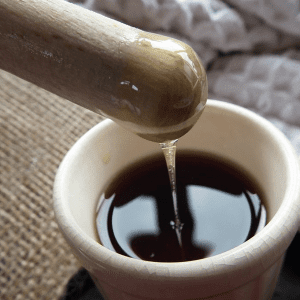
What to forage in May.
Mayday traditionally marks the beginning of summer and May can often be one of the warmest and driest months of the year, foraging in May can be fruitful. Spring greens are still out in force and the warmer weather means the next wave of edibles is just beginning.
